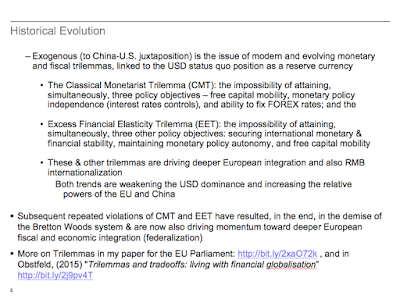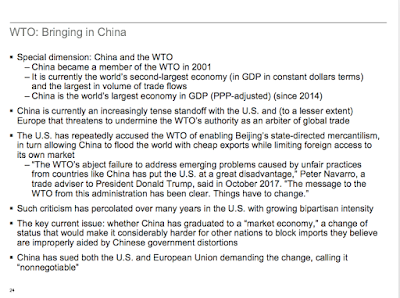If you need to have a call to 'book profit', you are probably not a serious investor nor a seasoned trader. Then again, if you are 'into Bitcoin' you are probably neither anyway. Still, here is your call to "Go cash now!" https://blog.coinbase.com/please-invest-responsibly-an-important-message-from-the-coinbase-team-bf7f13a4b0b1?gi=f51a107183c9.
In simple terms, Coinbase is warning its customers that "access to Coinbase services may become degraded or unavailable during times of significant volatility or volume. This could result in the inability to buy or sell for periods of time." In other words, if there is a liquidity squeeze, there will be a liquidity squeeze.
Run.
So a couple of additions to this post, on foot of new stuff arriving.
One: Bloomberg-Businessweek report (https://www.bloomberg.com/news/articles/2017-12-08/the-bitcoin-whales-1-000-people-who-own-40-percent-of-the-market) that some 40% of the entire Bitcoin supply is held by roughly 1,000 'whales'. Good luck seeing through the concentration risk on top of the collusion risk when they get together trading.
Two: Someone suggested to me that ICOs holding Bitcoin as capital reserves post-raising are part problem in the current markets because by withdrawing coins from trading, they are reducing liquidity. Which is not exactly what is happening.
Suppose an ICO buys or raises Bitcoins and holds these as a reserve. The supply of Bitcoin to the market is reduced, while demand for Bitcoins rises. This feeds into rising bid-ask spreads as more buyers are now chasing fewer coins with an intention to buy. Liquidity improves for the sellers of the coins and deteriorates for the buyers. Now, suppose there is a sizeable correction to the downside in Bitcoin price. ICOs are now having a choice - quickly sell Bitcoin to lock in some capital they raised or ride the rollercoaster in hope things will revert back to the rising price trend. Some will choose the first option, others might try to sit out. Those ICOs that opt to sell will be selling into a falling market, increasing supply of coins just as demand turns the other way. Liquidity for sellers will deteriorate. Prices will continue to fall. This cascade will prompt more ICOs to liquidate Bitcoins they hold, driving liquidity down even more. Along the falling prices trend, all sellers will pay higher trading costs, sustaining even more losses. Worse, as exchanges struggle to cover trades, liquidity will rapidly evaporate for sellers.
It is anybody's guess if liquidity crunch turns into a crisis. My bet - it will, because in quite simple terms, Bitcoin is already relatively illiquid: it takes hours to sell and spreads on trading are wide or more accurately, wild. Security of trading is questionable, as we have recently seen with https://www.fastcompany.com/40505199/bitcoin-heist-adds-77-million-to-hacked-hauls-of-15-billion, and the market is full of speculation that some of these 'heists' are insider jobs with some exchanges acting as pumps to suck coins out of clients' wallets. The rumours might be total conspiracy theory, but conspiracy theories turn out to be material in market panics.

















































